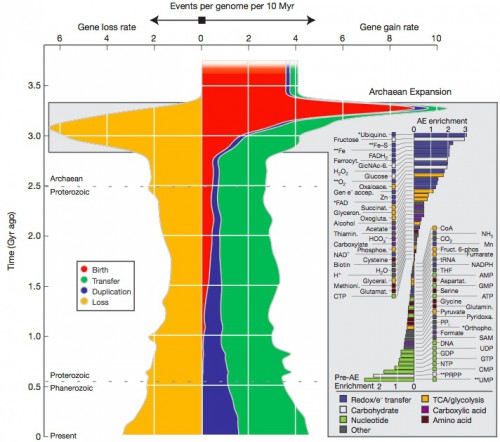Since I previously expressed my disappointment in the “squid in space” experiment that will be going up on the space shuttle, I’ve received a rebuttal from the lead investigator of the project. Fair’s fair; here it is.
Dear Dr. Myers,
I am the lead investigator on the Squid in Space project and an Assistant Professor at the University of Florida. I have read your description of the project in your blog and I feel that it is incomplete and missing the major point of the experiment. As you can imagine one doesn’t like to have their work labeled as “Bad Science” so I wanted to take this opportunity to write to you to elaborate on the press release that I assume inspired you to write the blog.
First, as you correctly pointed out in the blog that the squid are a models for how bacteria interact with animal tissues. For over 20 years this symbiosis has provided important clues as to how bacteria “talk” and communicate with host animals cells.
Vibrio fischeri induces several developmental events in the juvenile squid including a modification of the host immune system, and induction of an apoptotic cell death event. Similar events also happen in humans in response to both mutualistic bacteria, so by understanding how these mechanisms work in a simple squid/vibrio association we can make inferences to the human body. So that is why we chose the squid as a model system for the space experiment.
Second, we know that in microgravity conditions an astronaut’s immune systems appear to be dysregulated. However, in the few studies that involved human astronauts the results have been variable. So again the squid model allows us to be a bit more invasive than we could with human studies.
Also some bacteria become more virulent in space. The work of Cheryl Nickerson from Tulane has shown several microbes including Salmonella become far more virulent after exposure to microgravity conditions. However nothing is know about how commensal/mutualistic bacteria respond to microgravity conditions at the cellular level. So this experiment allows us to see the impact the microgravity treated V. fischeri has on the immune response and development juvenile squid (no embryos are going into space that was an error by the student reporter who wrote the release; we are sending hatched juvenile animals).
As 90% of the cells in our bodies are bacterial, we wanted to assess whether microgravity influences the “healthy” bacteria in anyway. Are developmental time lines disrupted? Does the V. fischeri initiation the changes in the host immune system and normal development (e.g. cell death events)? Basically do “good” bacteria go “bad”? These could be important questions to address for long-duration space flight and reduce the potential risk that astronauts may have to face.
We are also learning more about the natural symbiosis by experimenting with these animals under natural and simulated microgravity. By removing gravity as a constant we are able to determine to see if gravity might be obscuring aspects of the association. For example we are learning that some signals that activate the immune system (e.g. the trafficking of macrophages) are actually uncoupled in microgravity telling us that the signals may not function as we previously thought. More work on what the second signal could be is underway using simulated microgravity.
I hope this explains in a bit more detail why we are looking at these animals and flying the “Squid in Space” experiment. I know the press release did not fully explain the rationale behind the student run experiments.
If you have any additional questions or concerns regarding the science and objectives I would be happy to provide more detail.
Sincerely,
Jamie S. Foster










